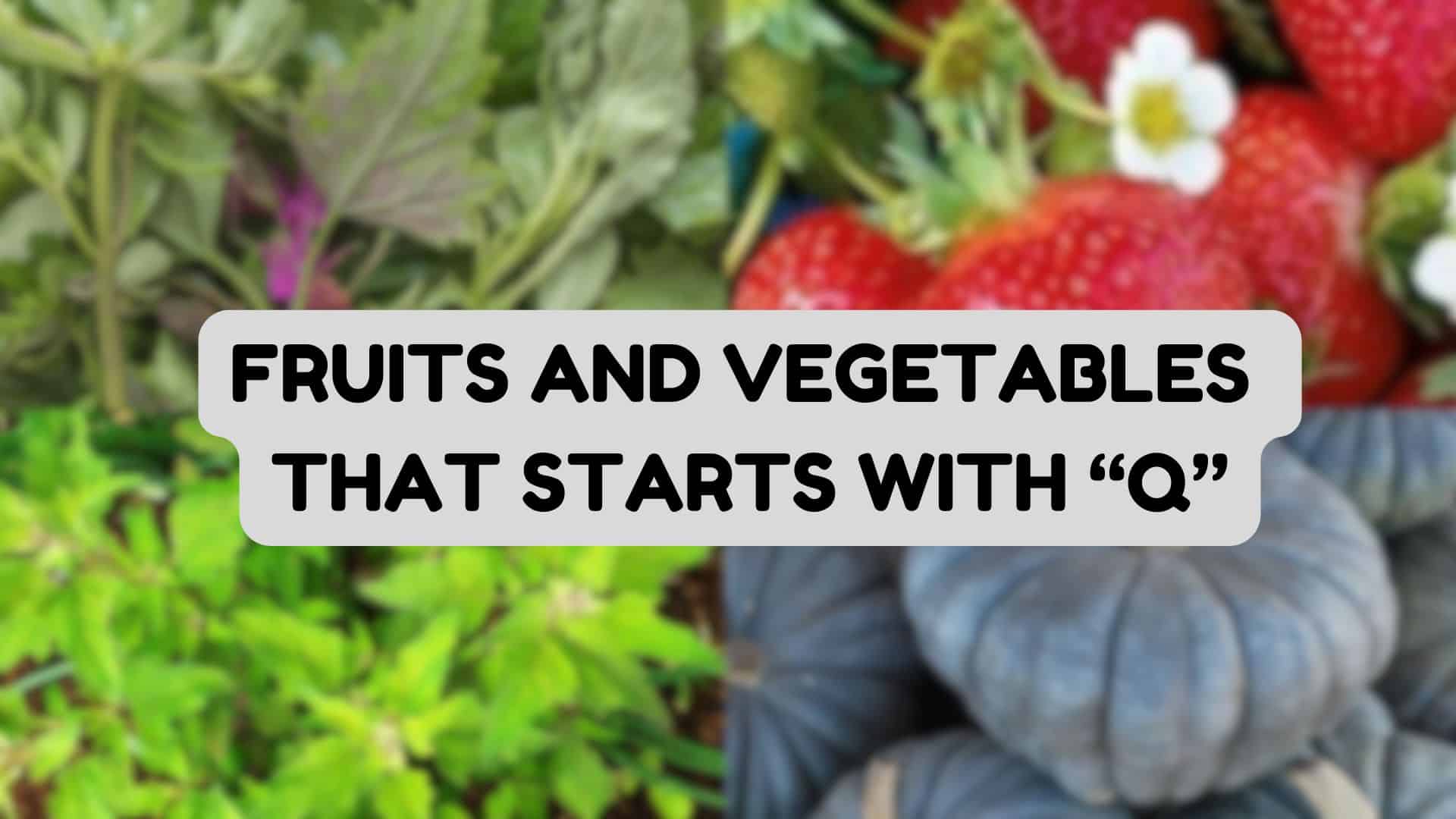
What hidden treasures in the plant world begin with the letter Q? Vegetables with Q names might be rare, but they offer exceptional flavors and health benefits worth finding.
From the protein-packed quinoa to the tangy quince, these foods grow in places all around the world.
Queensland Blue Pumpkin brings richness to winter meals, while Quimbombo (okra) thickens delicious soups.
Some, like Quelite, have been used in traditional cooking for centuries. Others, like Quandong from Australia, might be new to many people.
This guide explores plants that start with Q, sharing their origins, health benefits, and how to enjoy them in everyday meals.
NOTE: Some of these vegetables may require special preparation before consumption. Some may are not even eaten by humans. Please check carefully before consuming.
Unusual Vegetables with Q Names and Benefits
1. Quassia
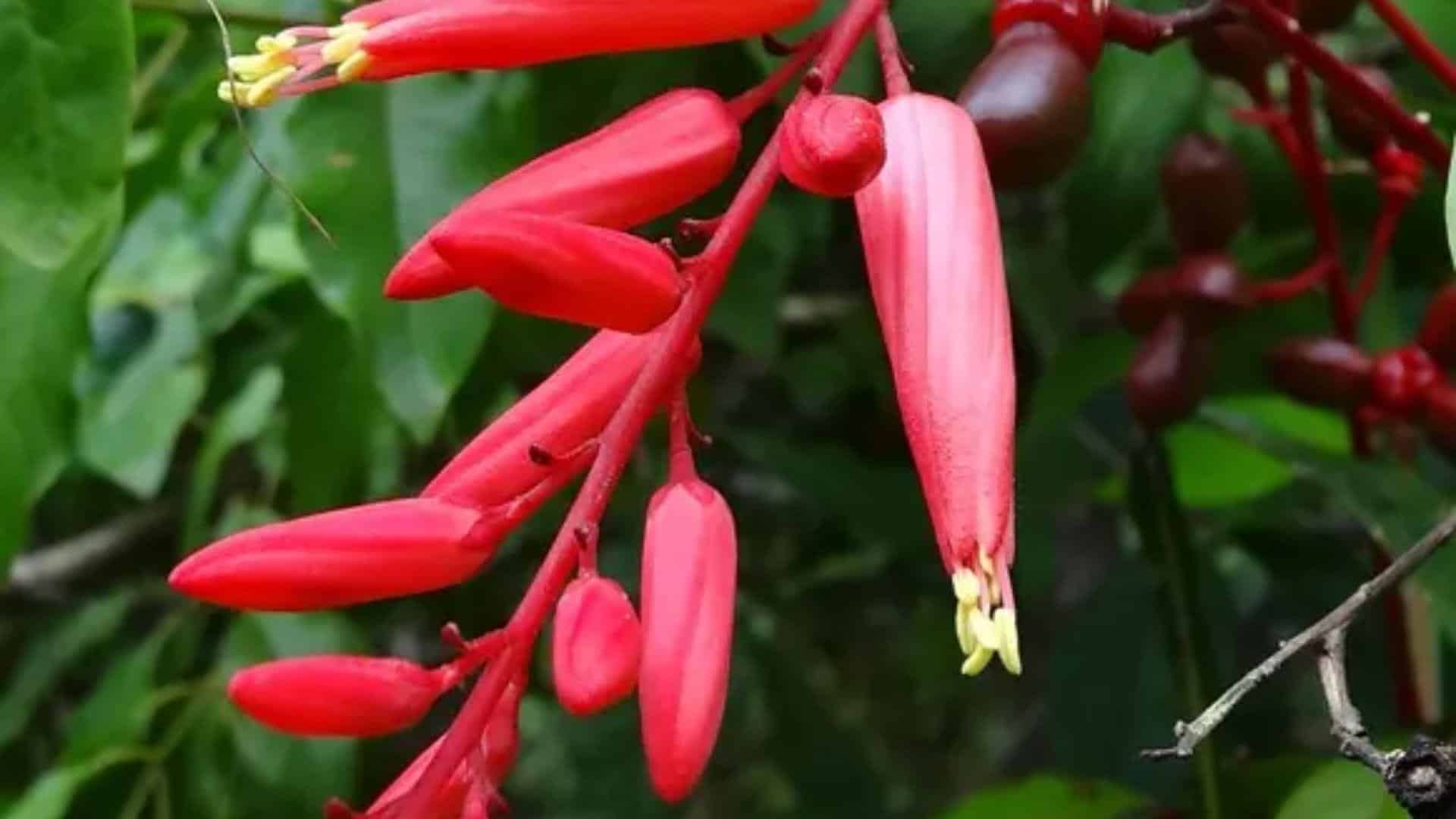
- Origin: Quassia is native to tropical regions of South America, particularly in the Caribbean and parts of Central America.
- Nutritional Benefit: Quassia is rich in natural antioxidants and has been traditionally used for its anti-inflammatory properties.
- Culinary Pairings: Quassia is often used in herbal teas and occasionally in savory dishes where a bitter flavor is desired.
2. Quince
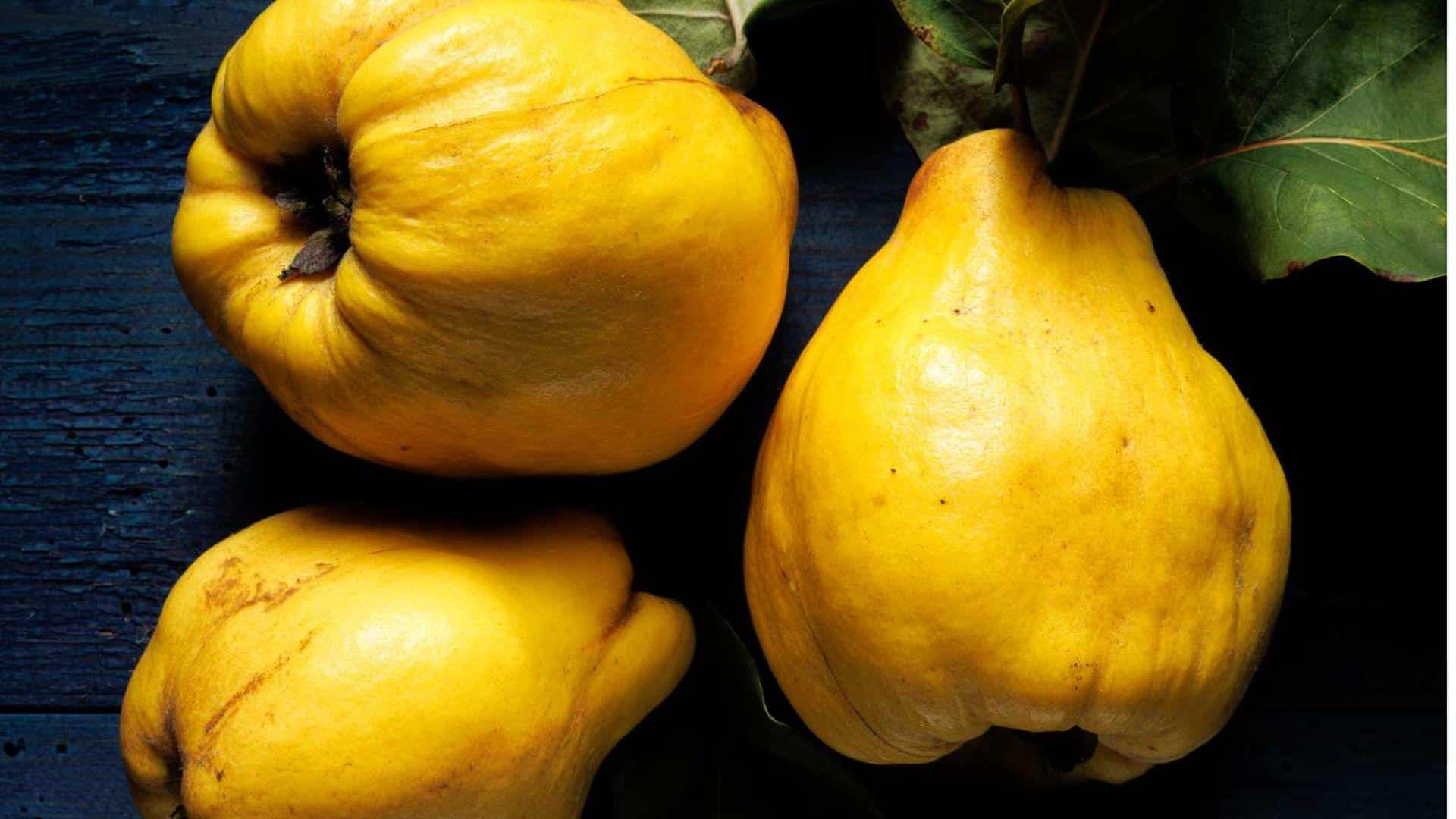
- Origin: Quince is native to the Mediterranean region and parts of Asia.
- Nutritional Benefit: Quince is rich in fiber and vitamin C, which support digestive health and boost the immune system.
- Culinary Pairings: Quince is often used in jams, jellies, or baked goods. It pairs well with apples, pears, and citrus in both sweet and savory dishes.
3. Qing Geng Cai
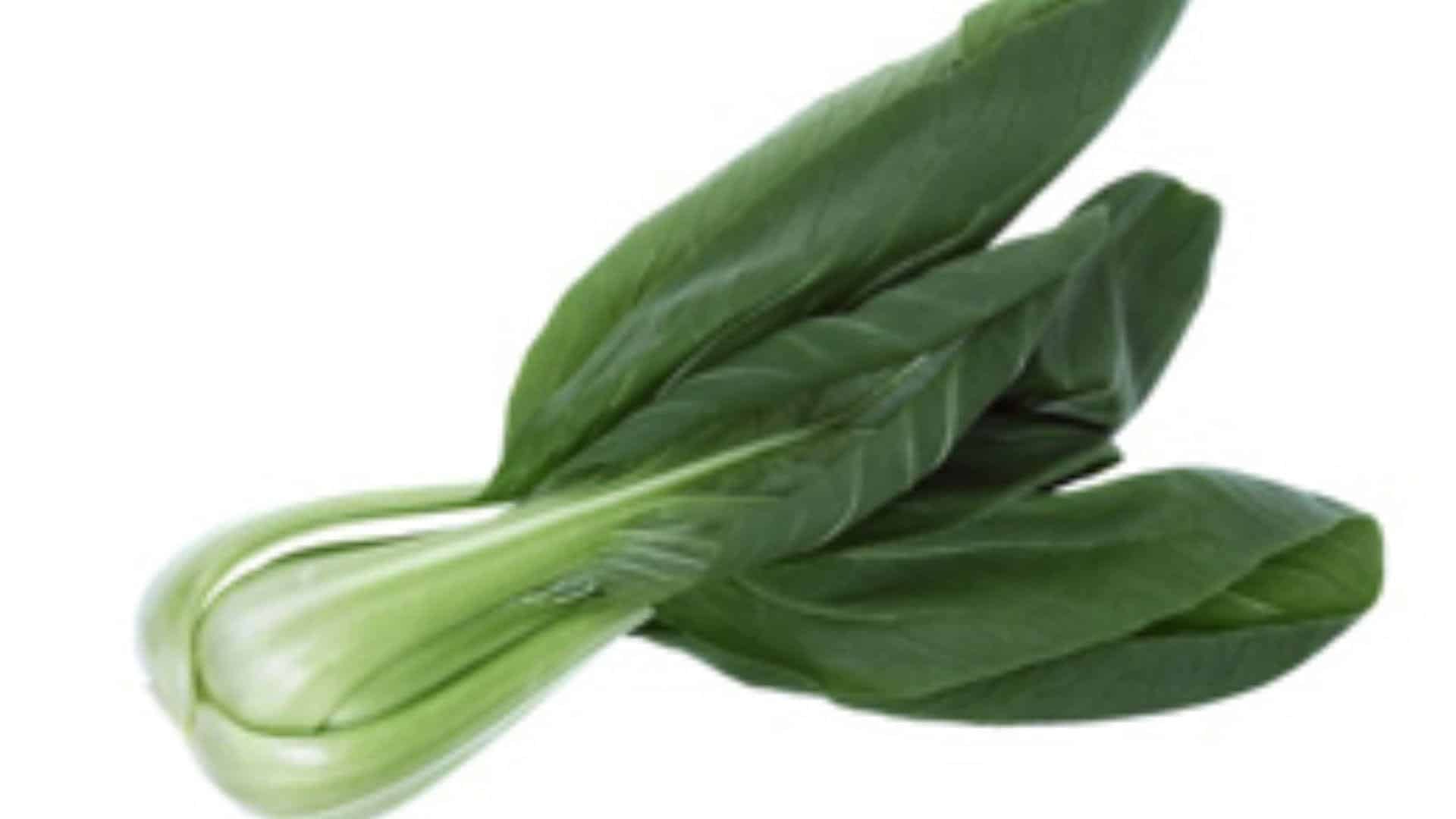
- Origin: Qing Geng Cai, or Chinese kale, is native to East Asia, particularly China.
- Nutritional Benefit: This vegetable is high in vitamins A and C, as well as calcium and iron, making it excellent for bone and immune health.
- Culinary Pairings: In Chinese cuisine, Qing Geng Cai is typically stir-fried with garlic, ginger, or soy sauce and is often served alongside rice and meat.
4. Quinoa
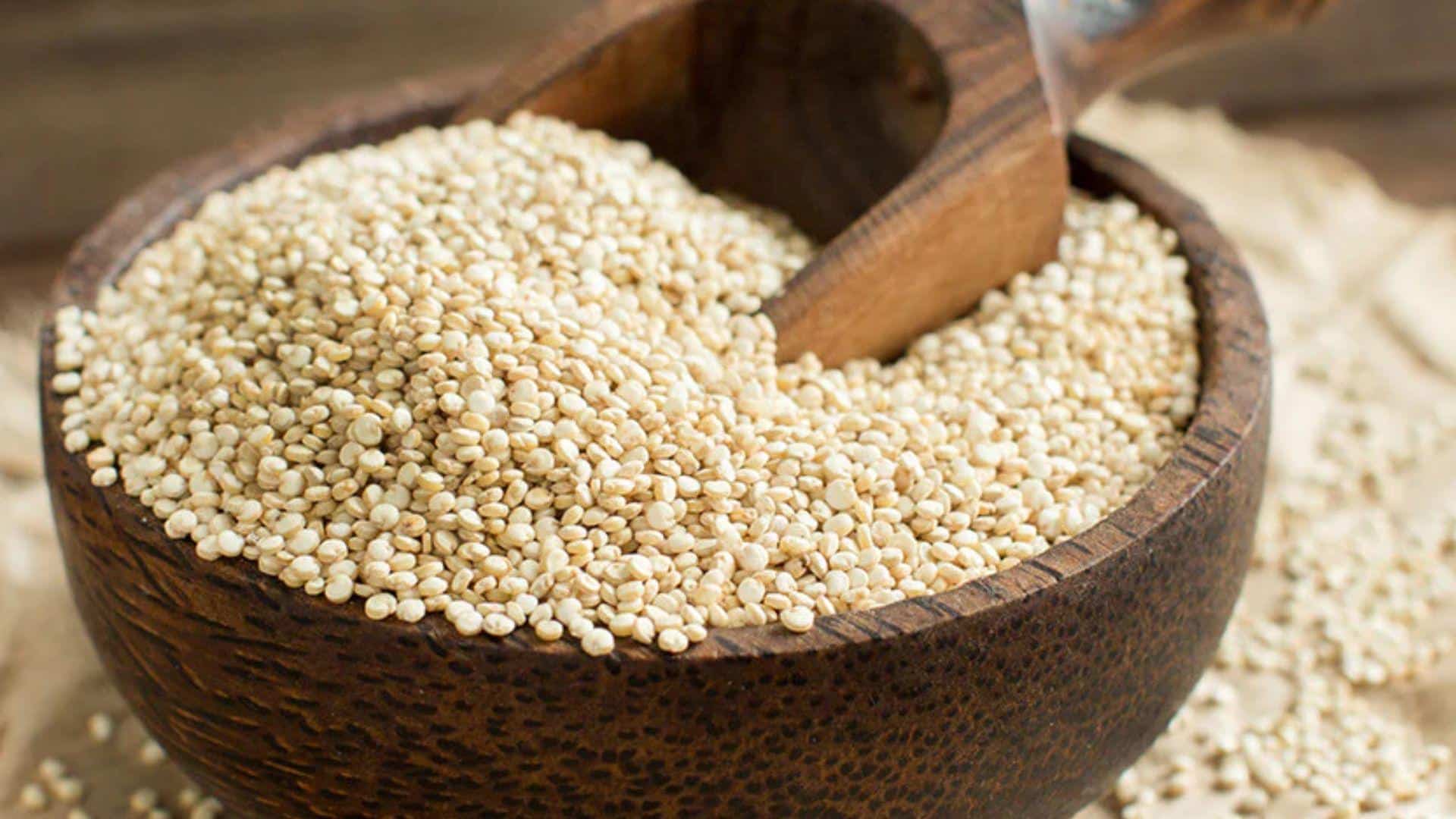
- Origin: Quinoa is native to the Andes Mountains of South America, where it has been cultivated for thousands of years.
- Nutritional Benefit: Quinoa is a complete protein containing all nine essential amino acids and is high in fiber, which is great for digestive health.
- Culinary Pairings: Quinoa can be used in salads, soups and as a substitute for rice or couscous in various dishes.
5. Queen Anne’s Lace
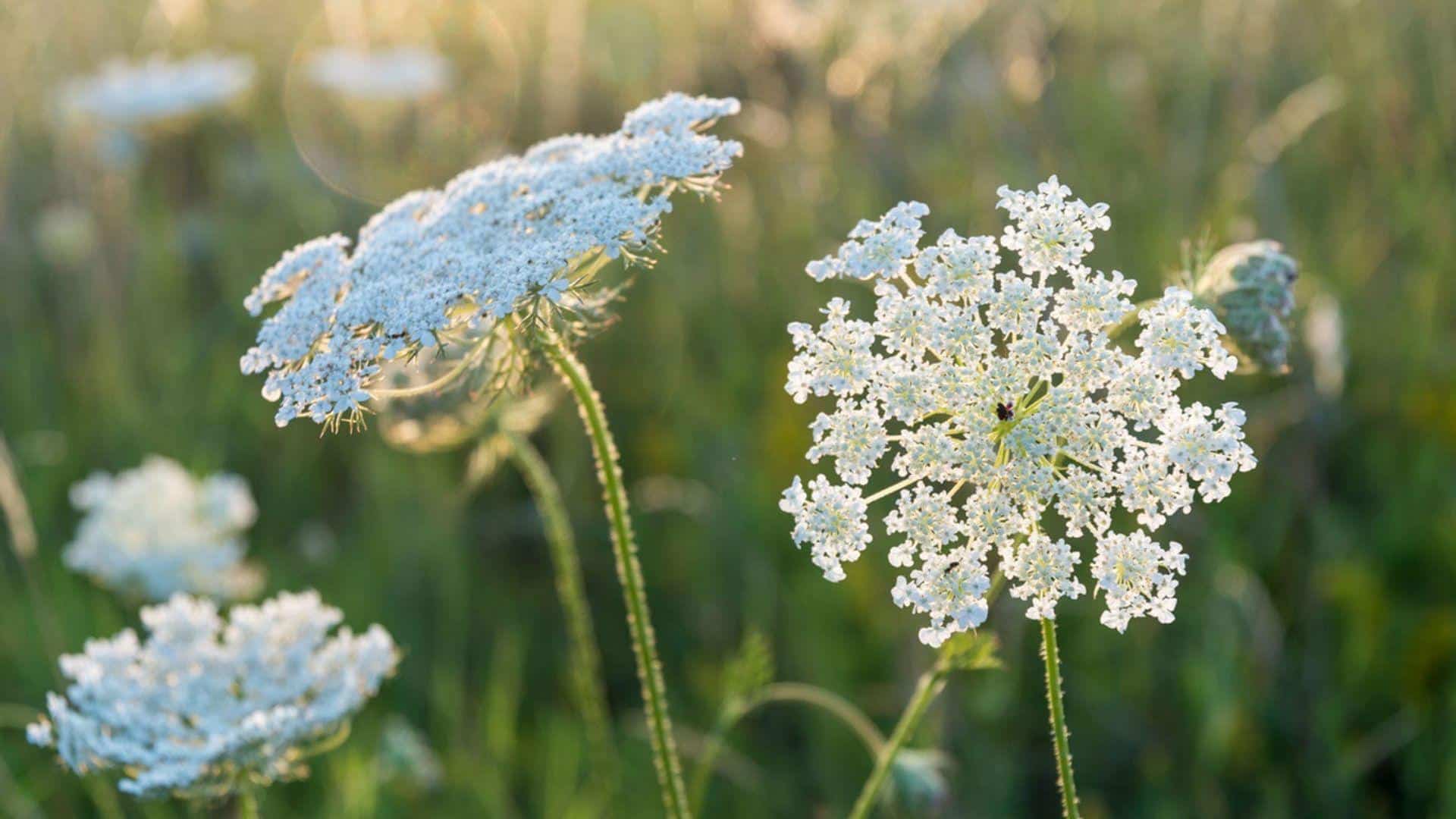
- Origin: Queen Anne’s Lace is native to Europe and parts of Asia but is now widespread across North America.
- Nutritional Benefit: The roots and leaves are rich in antioxidants and have been used traditionally in herbal remedies for their diuretic and detoxifying properties.
- Culinary Pairings: Its mild, carrot-like flavor makes it a popular garnish for soups and salads.
6. Qalb alouzah (Chayote)
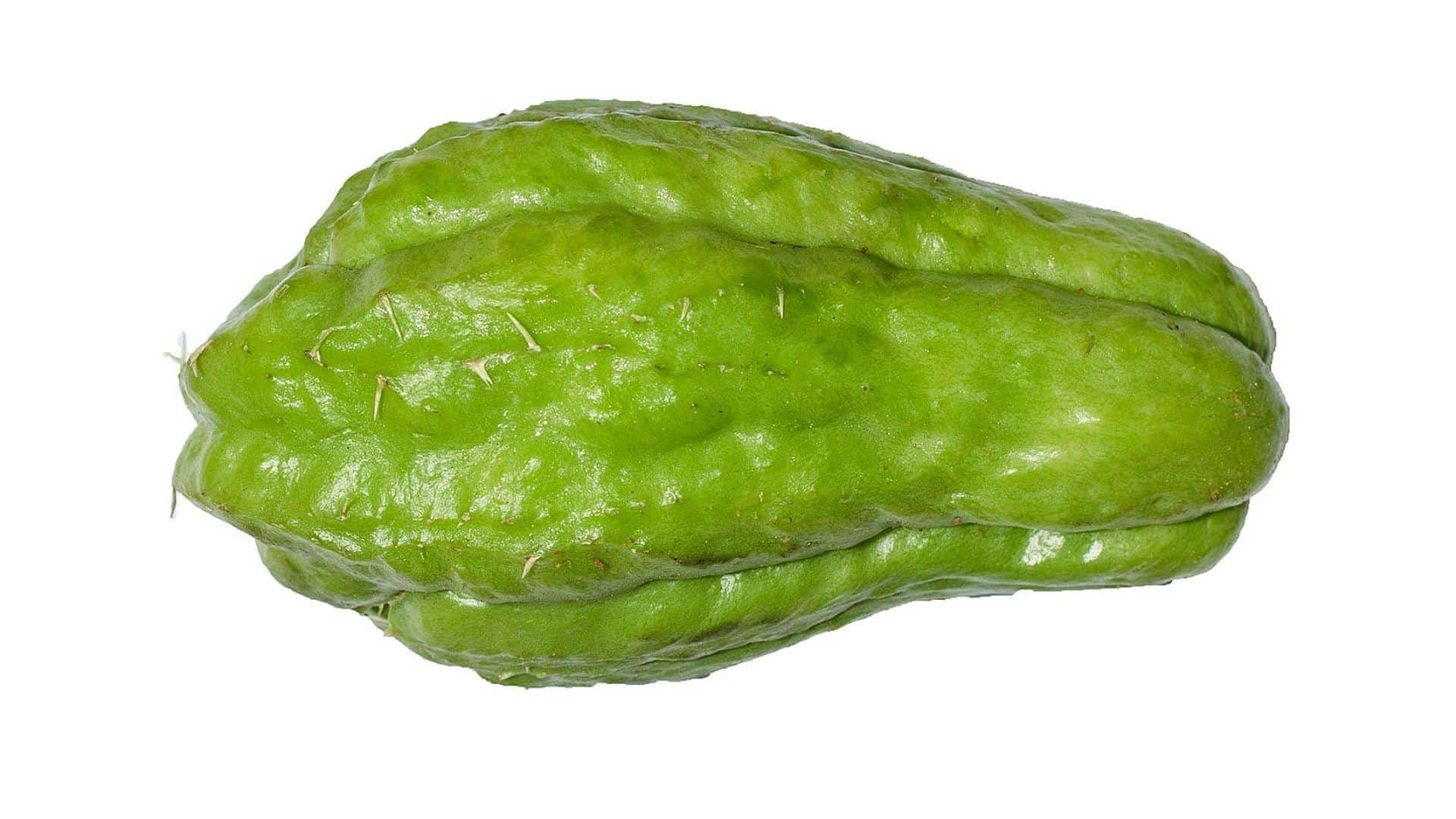
- Origin: Chayote is native to Mesoamerica, particularly found in southern Mexico and Central America.
- Nutritional Benefit: Chayote is low in calories and high in fiber, vitamin C, and antioxidants.
- Culinary Pairings: Chayote is commonly cooked in stews, stir-fries or served raw in salads for a crisp, mild flavor.
7. Queensland Silverbeet
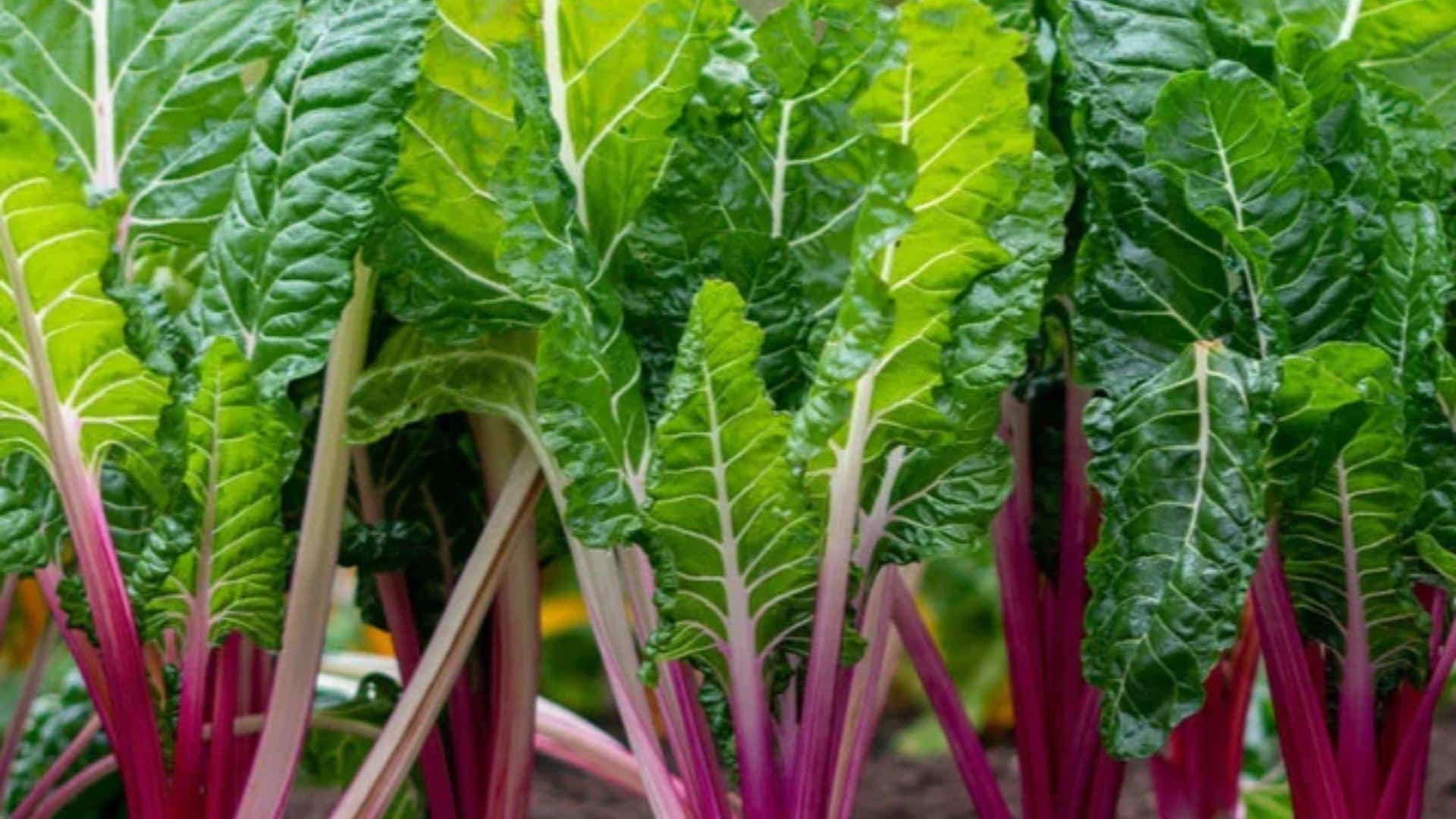
- Origin: Native to Australia, Queensland Silverbeet is a variety of Swiss chard grown in temperate regions.
- Nutritional Benefit: Silverbeet is high in vitamins A, C, and K and is a great source of iron and calcium.
- Culinary Pairings: Queensland Silverbeet is commonly used in stir-fries, soups, or salads and pairs well with garlic, lemon, and olive oil.
8. Queensland Yam
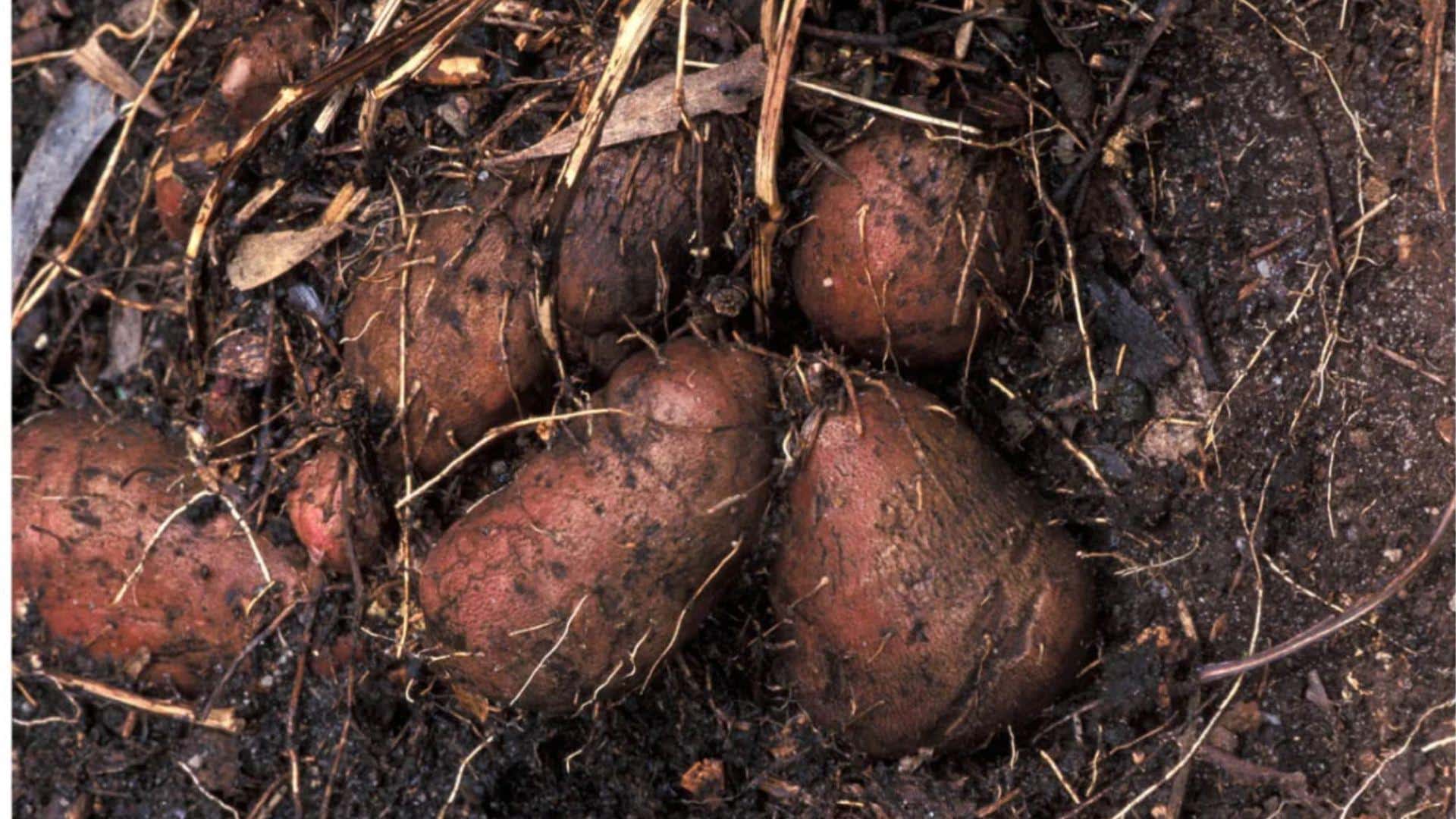
- Origin: Queensland Yam is a root vegetable native to Australia, commonly found in tropical regions.
- Nutritional Benefit: It is rich in complex carbohydrates, fiber, and potassium, making it great for energy and heart health.
- Culinary Pairings: Queensland Yam is often roasted, mashed, or added to soups, and it pairs well with meats and other root vegetables.
9. Quelite (Mexican Herb)
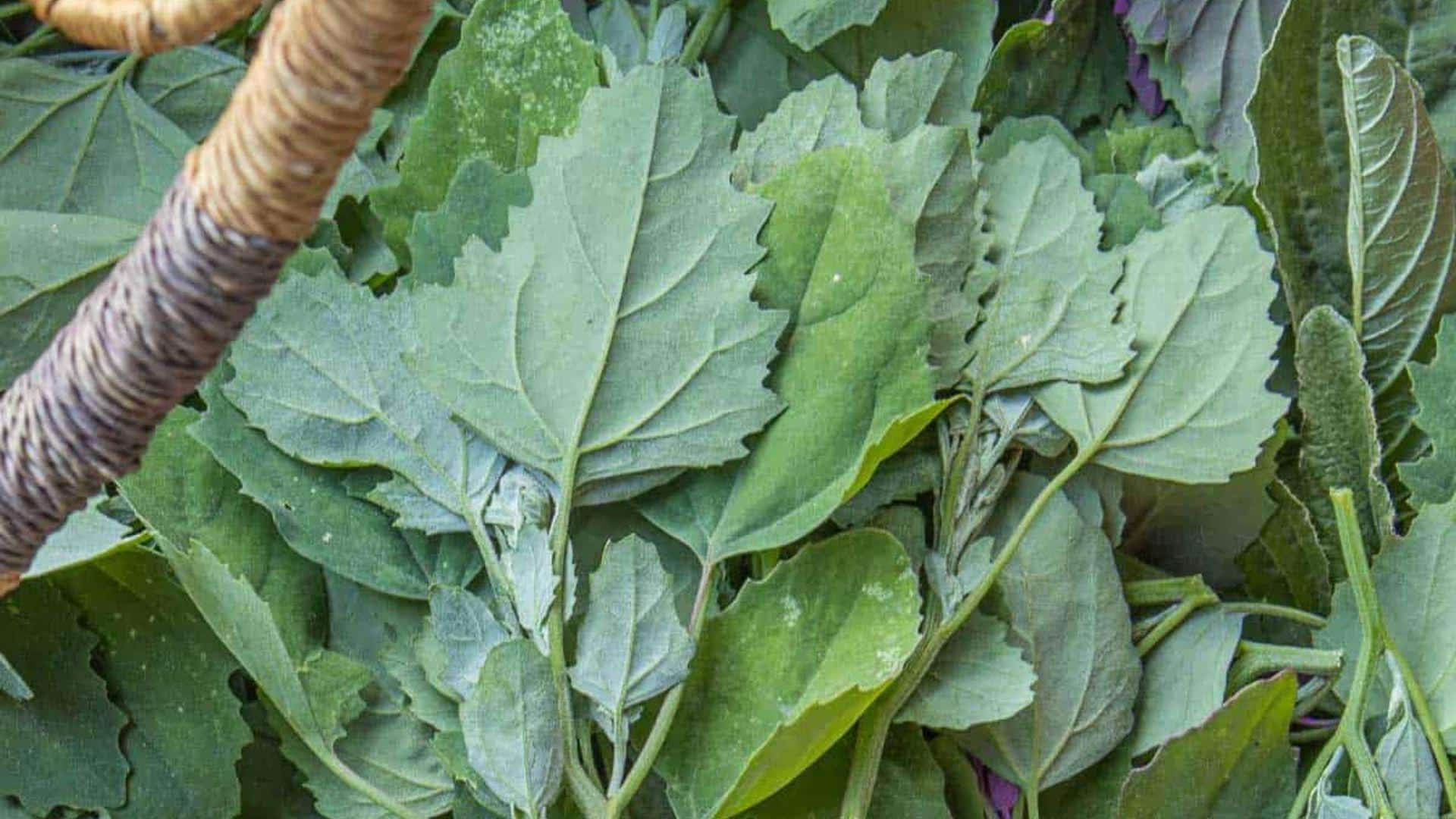
- Origin: Quelite is a traditional Mexican herb found in the wild, particularly in Central Mexico.
- Nutritional Benefit: Quelite is rich in vitamins A, C, and K, along with essential minerals like calcium and iron.
- Culinary Pairings: It is often sautéed with garlic and onions or added to tacos and soups, offering a mild, green flavor.
10. Quinault Strawberry
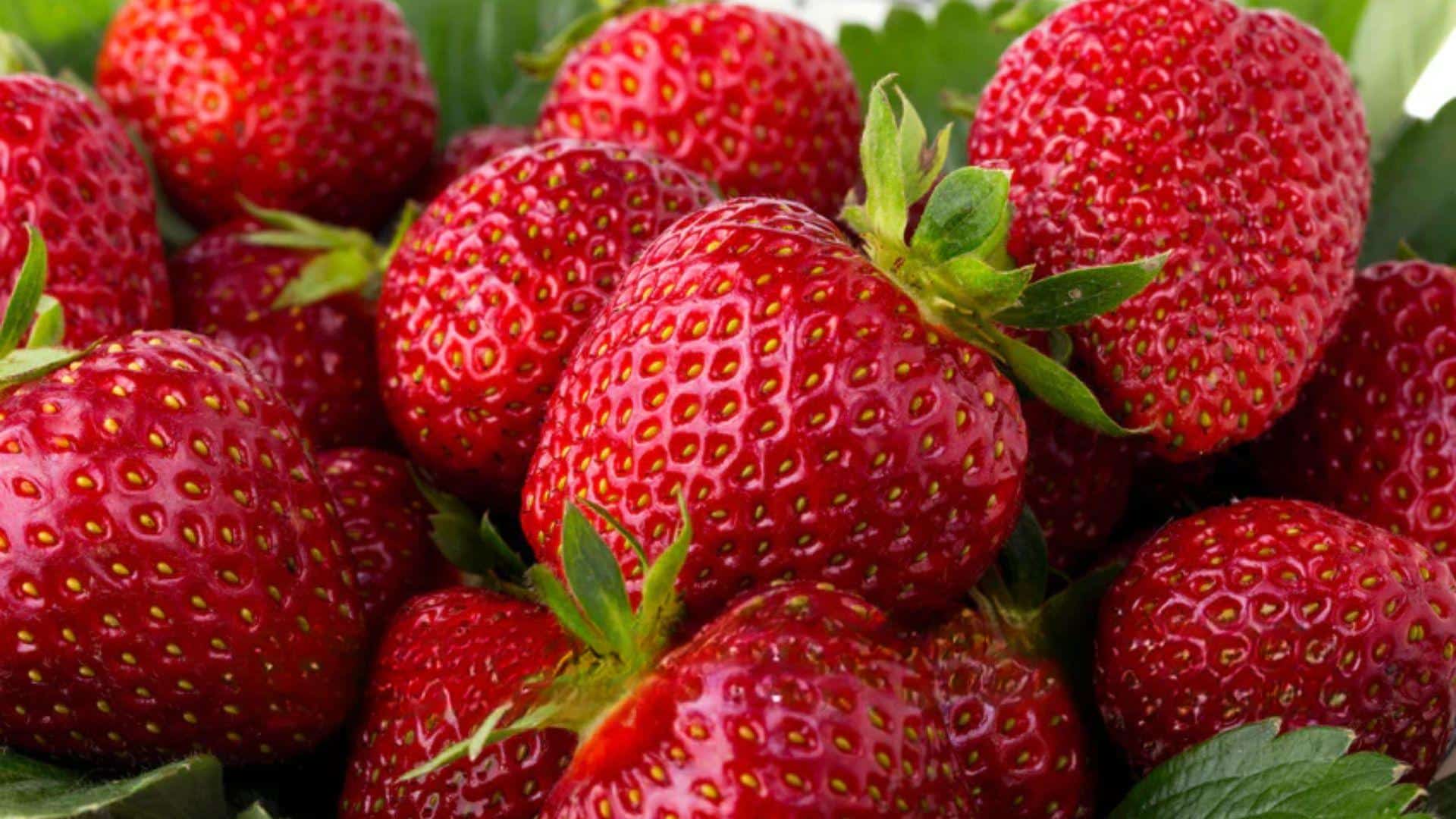
- Origin: Quinault strawberries are a variety of ever-bearing strawberries developed in the United States.
- Nutritional Benefit: Quinault strawberries are high in vitamin C, fiber, and antioxidants, which support immune health and skin.
- Culinary Pairings: These sweet strawberries are perfect for fresh consumption, desserts, smoothies, or salad toppings.
11. Quelite (Lamb’s Quarters)
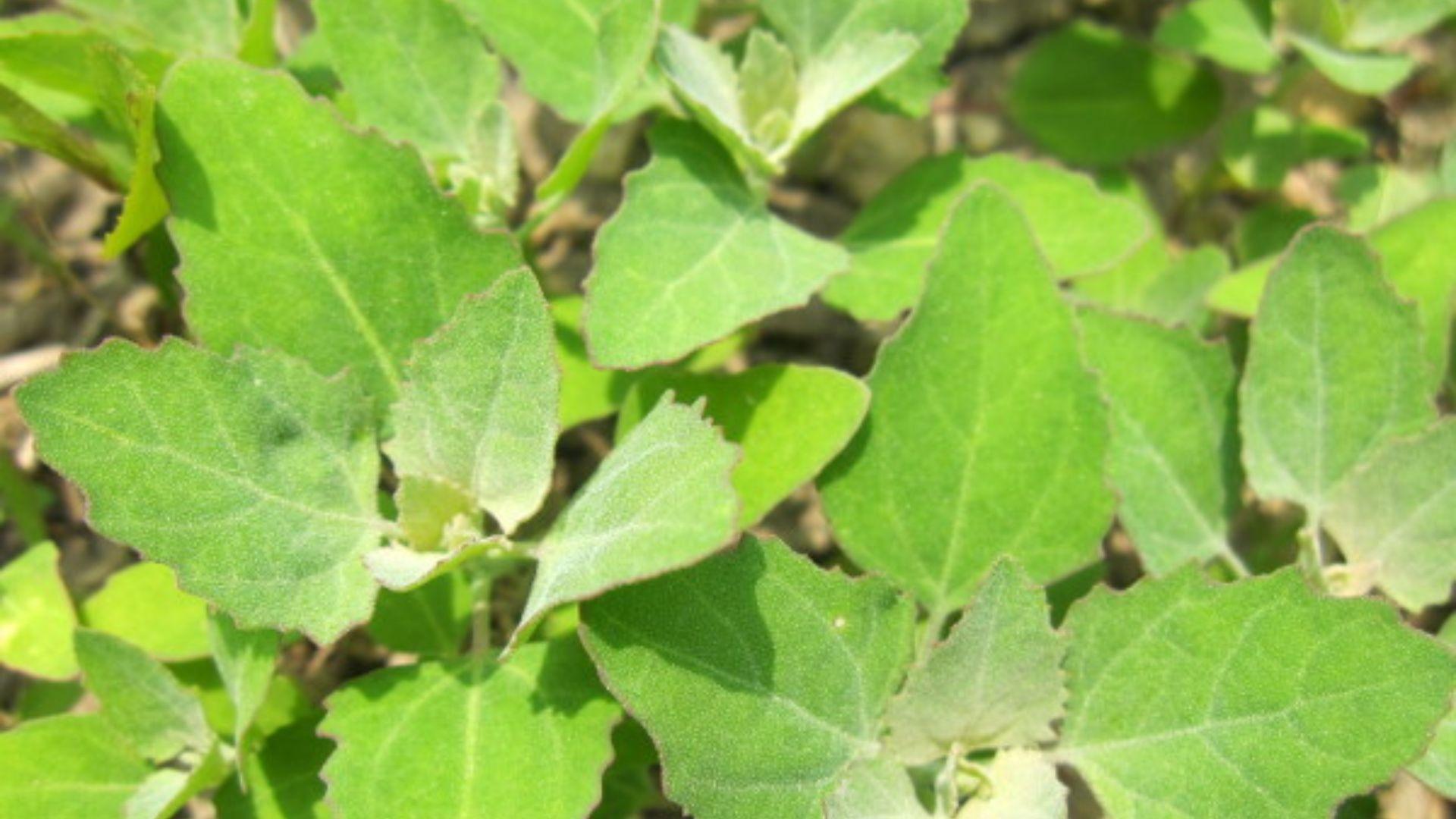
- Origin: Lamb’s Quarters is native to North America but has spread to various parts of the world, especially in temperate climates.
- Nutritional Benefit: Rich in vitamins A, C, and K and high in antioxidants, it supports skin, bone, and immune health.
- Culinary Pairings: Quelite is commonly sautéed or added to stews, soups, and salads, where its mild, spinach-like flavor complements other greens.
12. Queen’s Wreath (Antigonon leptopus)

- Origin: Queen’s Wreath is a climbing plant native to Mexico and Central America. It is often used in gardens and as ornamental foliage.
- Nutritional Benefit: The plant’s flowers have traditionally been used in folk medicine for their potential anti-inflammatory properties.
- Culinary Pairings: Not typically used in cuisine but is often seen in herbal teas for its mild medicinal qualities.
13. Queensland Arrowroot (Canna indica)

- Origin: Native to tropical regions of Australia and the Pacific Islands, Queensland Arrowroot is cultivated for its edible tubers.
- Nutritional Benefit: Queensland Arrowroot is a good source of carbohydrates and is easily digestible, making it ideal for people with digestive issues.
- Culinary Pairings: Its flour is used in gluten-free baking and as a thickening agent for soups and sauces.
14. Queensland Blue Pumpkin
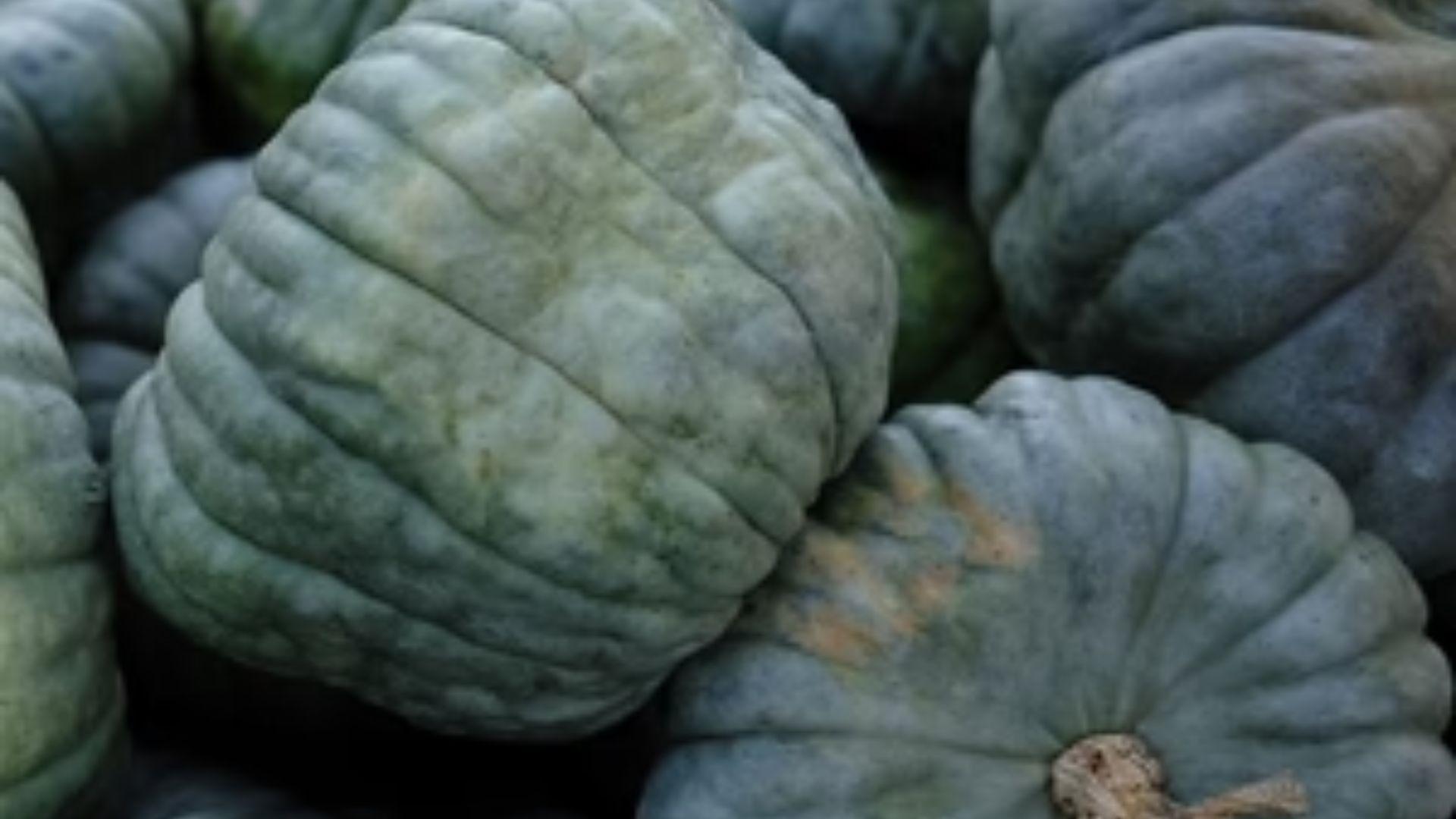
- Origin: Queensland Blue Pumpkin is native to Australia, specifically to Queensland.
- Nutritional Benefit: This pumpkin is high in vitamins A and C, and its high fiber content aids digestion and promotes heart health.
- Culinary Pairings: Queensland Blue Pumpkin is excellent for roasting, making soups, and baking pies, and it pairs well with spices like cinnamon, nutmeg, and ginger.
15. Queensland Nut (Macadamia integrifolia)
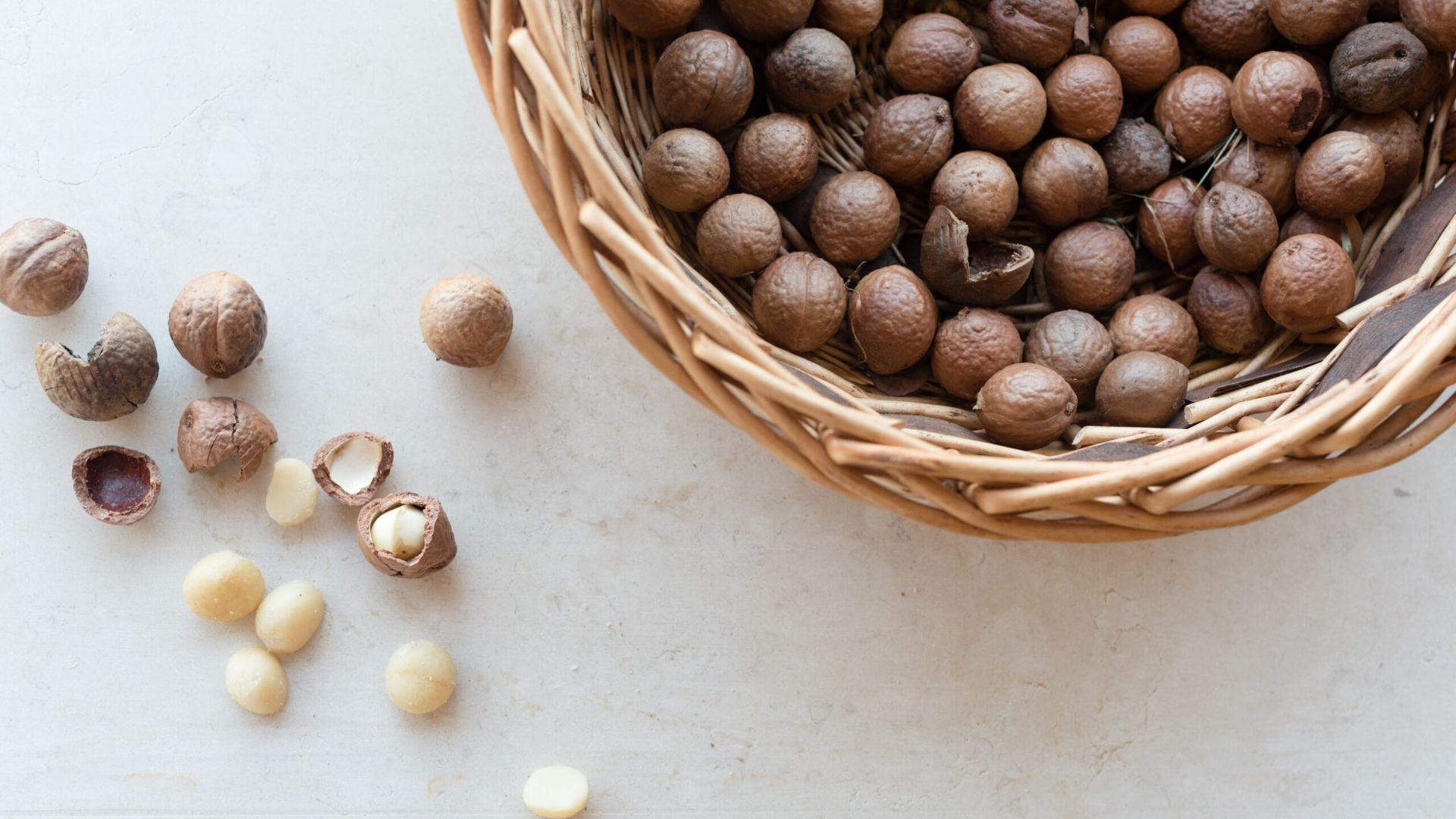
- Origin: Native to Australia, Queensland Nut, or macadamia, is a tree that produces rich, buttery nuts.
- Nutritional Benefit: Macadamia nuts are high in healthy fats, particularly monounsaturated fat, and are a great source of protein and fiber.
- Culinary Pairings: These nuts are used in cookies, cakes, salads, or eaten raw as a snack for their rich, buttery flavor.
16. Quandong
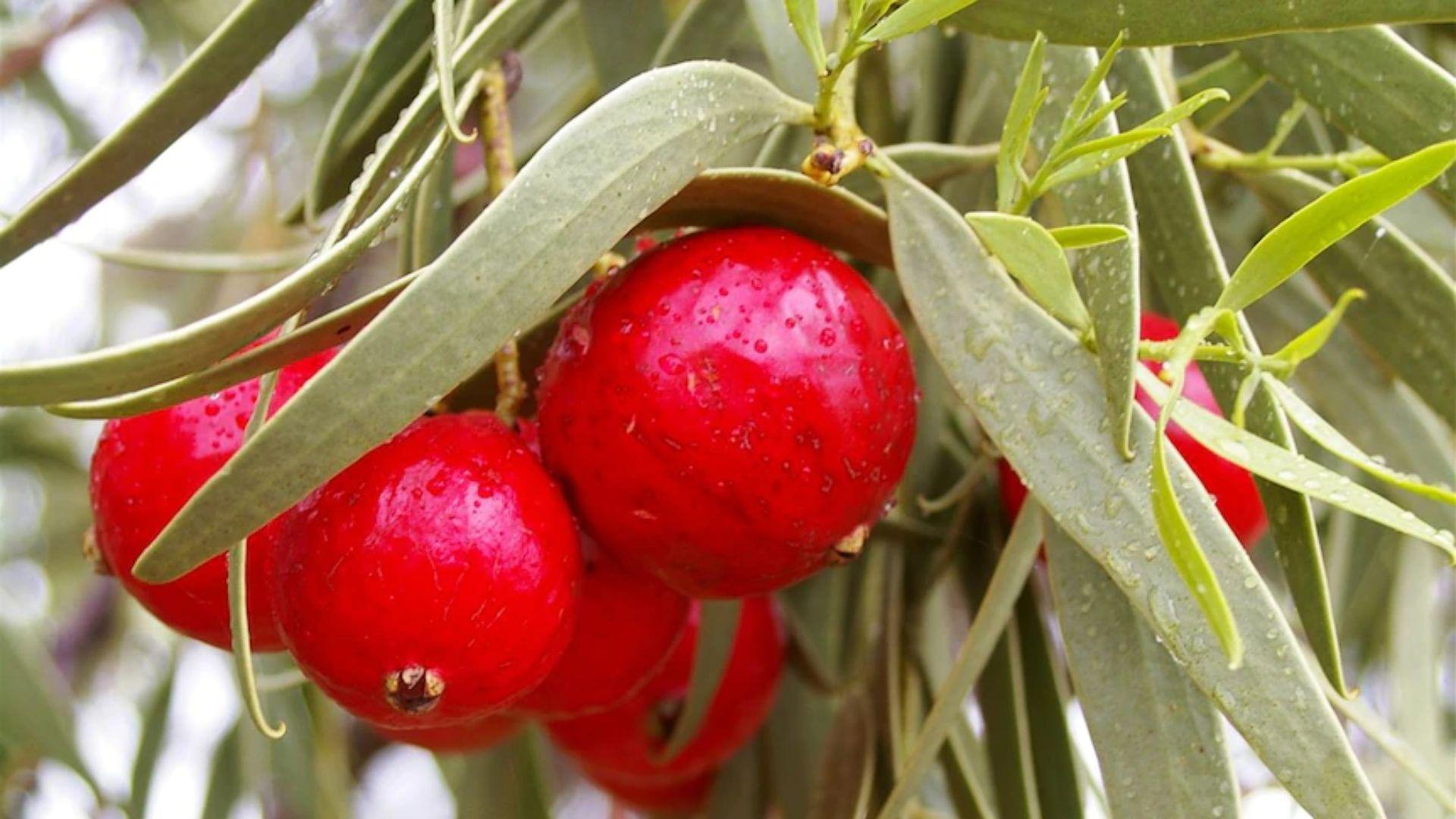
- Origin: Quandong is native to Australia, typically growing in arid and semi-arid regions.
- Nutritional Benefit: Quandong is high in vitamin C and antioxidants, supporting immune health and skin vitality.
- Culinary Pairings: Quandong’s tart flavor is often used in sauces, jams, and pies and pairs well with sweet dishes.
17. Quarterland Cress

- Origin: Quarterland Cress, or garden cress, is a fast-growing herb native to Europe and Asia.
- Nutritional Benefit: It is rich in vitamin C and iron, supporting immune function and blood circulation.
- Culinary Pairings: Quarterland Cress is often used in salads, sandwiches or as a garnish. Its peppery flavor pairs well with leafy greens and other herbs.
18. Qungco (Sorrel)

- Origin: Sorrel is native to parts of Europe and Asia but has become widely cultivated worldwide.
- Nutritional Benefit: Sorrel is rich in vitamin C, iron, and antioxidants, which boost immunity and overall health.
- Culinary Pairings: Sorrel has a tangy flavor and is commonly used in soups, salads, and sauces, especially in French and Eastern European cuisine.
19. Qin Cai (Chinese Kale)
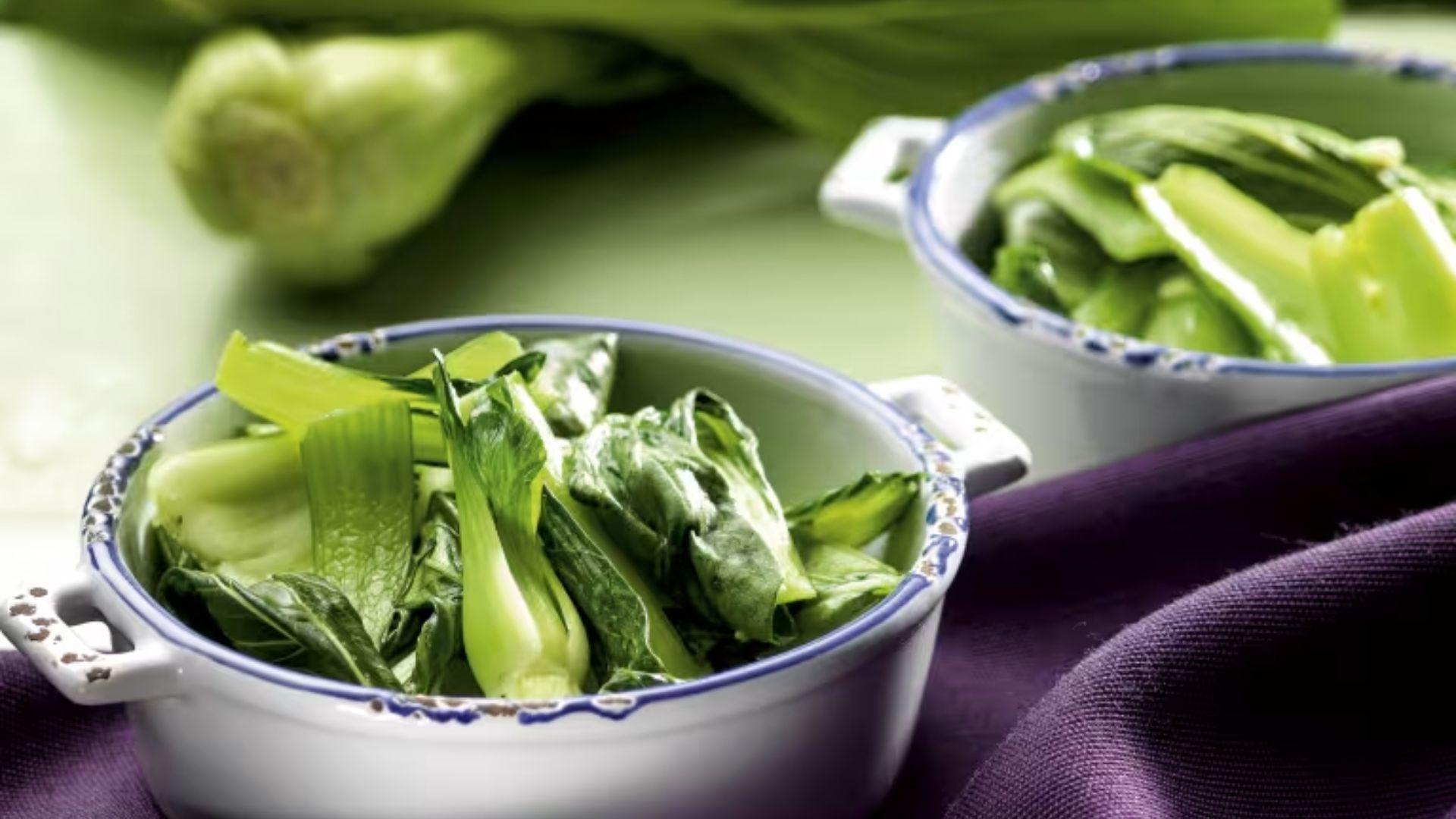
- Origin: Qin Cai is a variety of kale native to China, commonly found in Chinese markets.
- Nutritional Benefit: It is packed with vitamins A and C and is a great source of fiber, supporting immune function and digestive health.
- Culinary Pairings: Often used in stir-fries, soups, or boiled dishes, Qin Cai pairs well with garlic, ginger, soy sauce, and tofu.
20. Quimbombo (Okra)
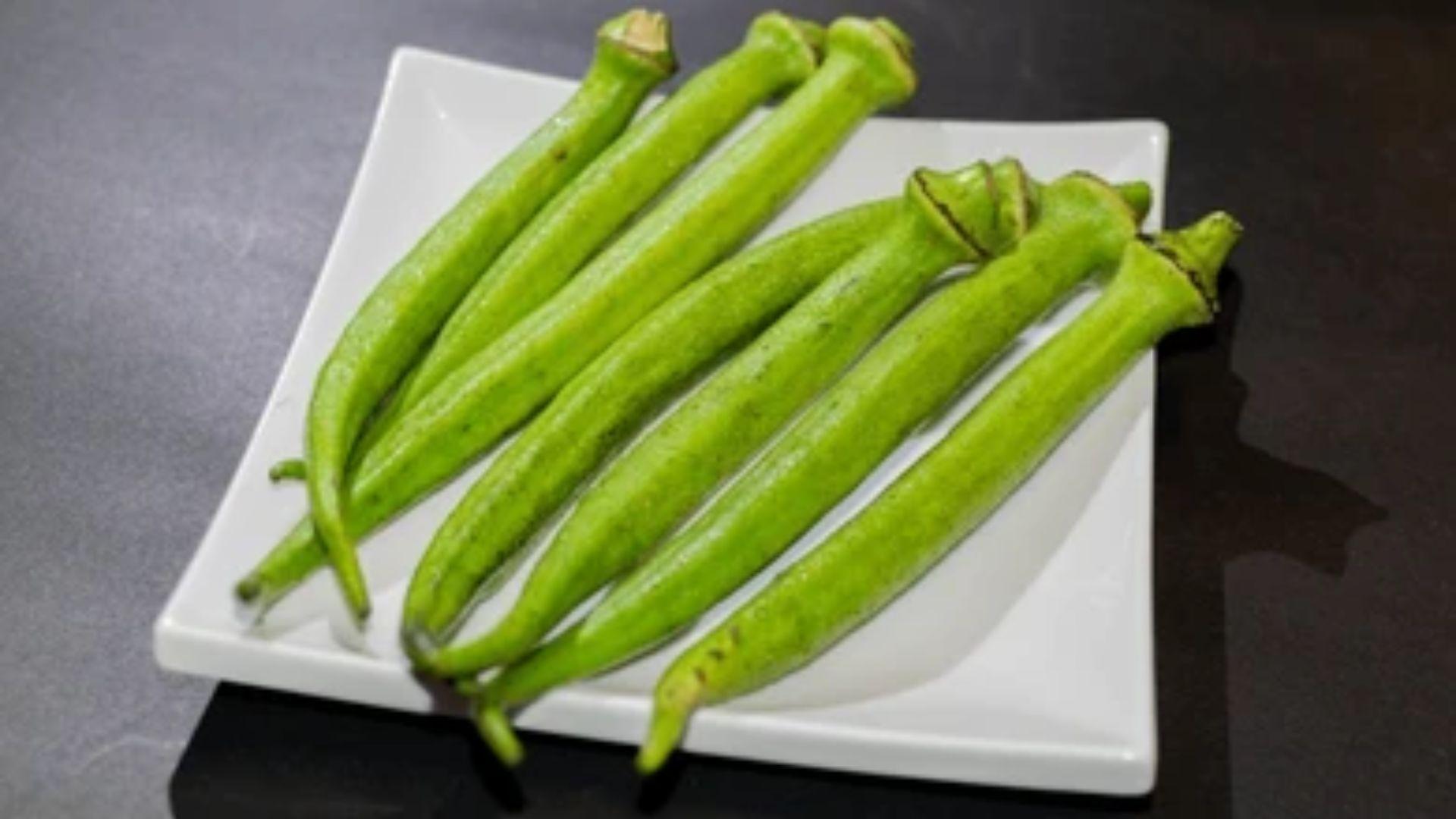
- Origin: Okra, or Quimbombo, is native to West Africa and has spread globally, especially in Southern cooking.
- Nutritional Benefit: Okra is a great source of fiber, vitamin C, and antioxidants, aiding digestion and promoting healthy skin.
- Culinary Pairings: Okra is often used in stews, gumbo, and fried dishes, where its mucilaginous texture is ideal for thickening soups.
21. Quail Grass
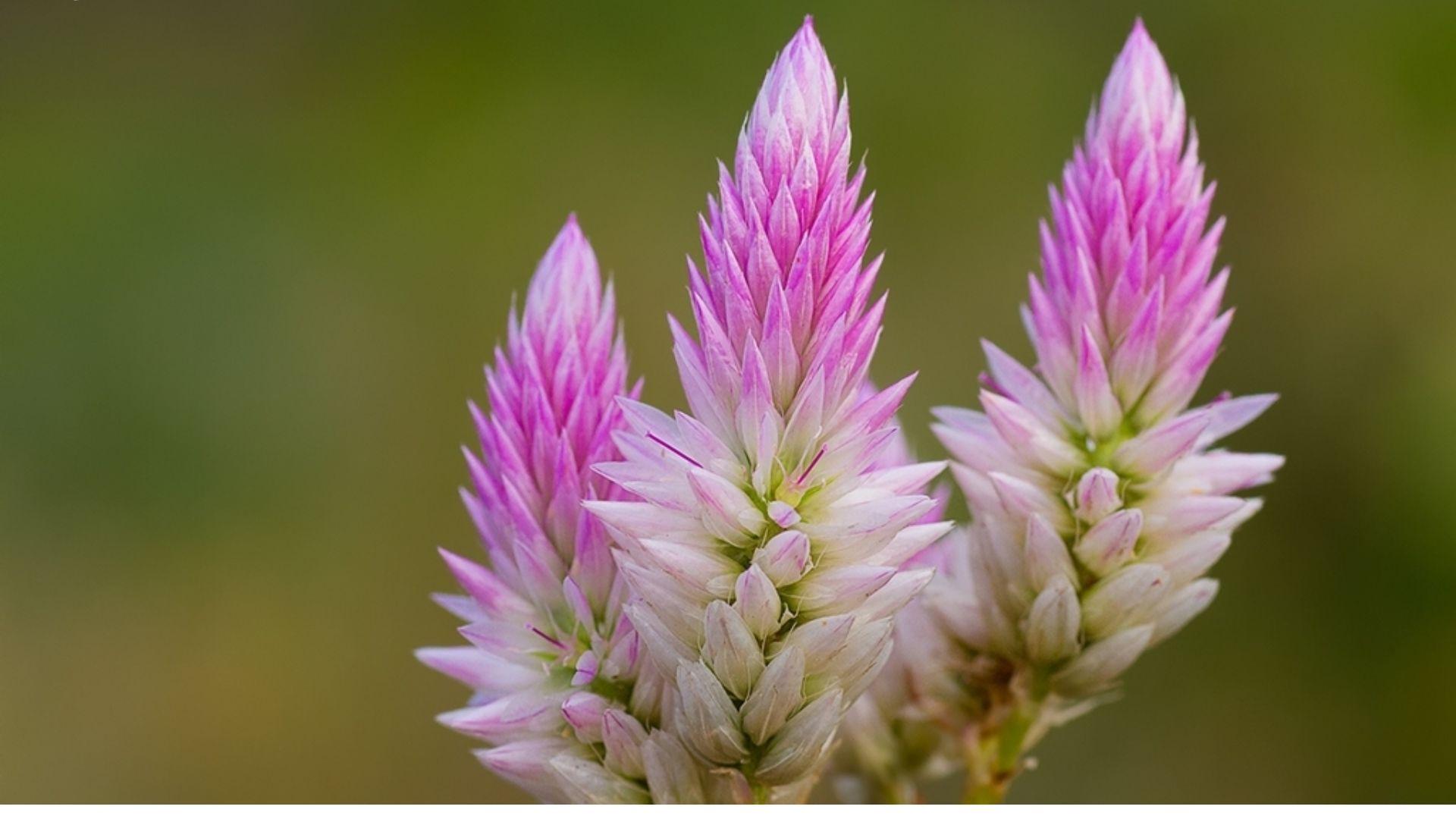
- Origin: Quail Grass is native to parts of North America, often found in fields and prairies.
- Nutritional Benefit: Quail Grass is a good source of fiber and is rich in vitamins and minerals that aid in digestion and overall health.
- Culinary Pairings: Often used as a garnish or in salads, it provides a mild, grassy flavor that pairs well with other fresh herbs and vegetables.
22. Quatre-épices
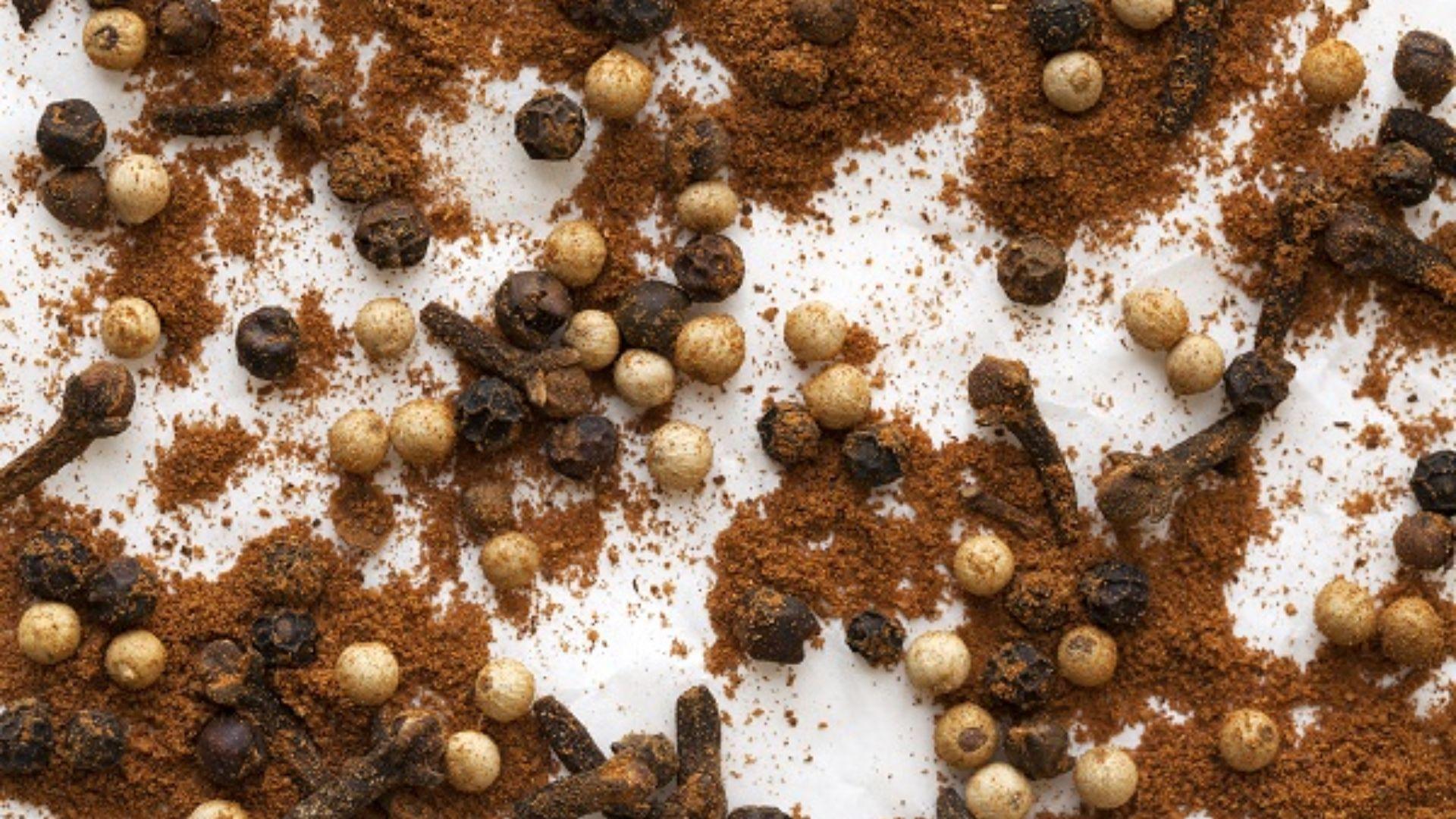
- Origin: Quatre-épices is a French spice blend that originated in France, particularly in medieval cuisine.
- Nutritional Benefit: It contains spices like cloves, cinnamon, and nutmeg, which have antioxidant and anti-inflammatory properties.
- Culinary Pairings: Quatre-épices is used in stews, sausages, and pâtés to add warmth and depth of flavor.
Summing It Up
Vegetables with Q names represent unique foods from across the globe that deserve more attention in kitchens everywhere.
If it’s the vitamin-rich Qing Geng Cai from China or the fiber-packed Queensland Yam from Australia, these plants offer both nutrition and exciting flavors.
Some serve as main ingredients, while others work best as spices or garnishes. Many contain powerful vitamins and minerals that support good health.
By trying these uncommon vegetables, meals become more interesting and nutritious.
After all, the best food experiences often begin with the most unusual ingredients!
If you’re interested in more informative education & learning content, feel free to click here and explore other blogs that you might like!

